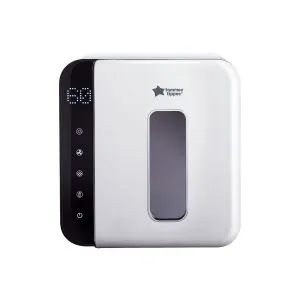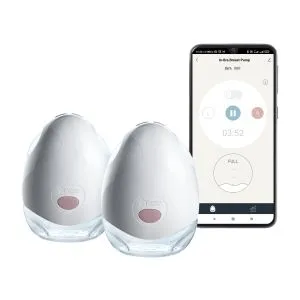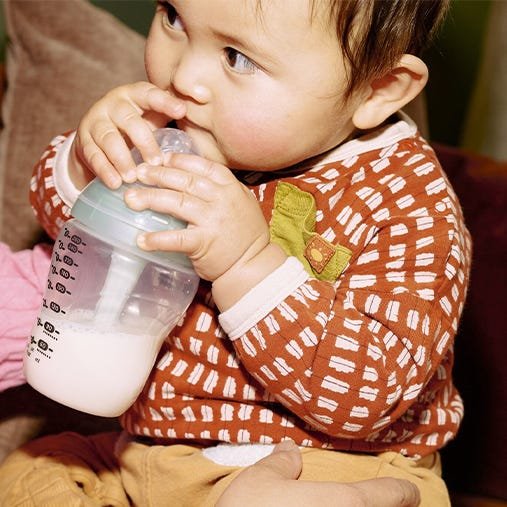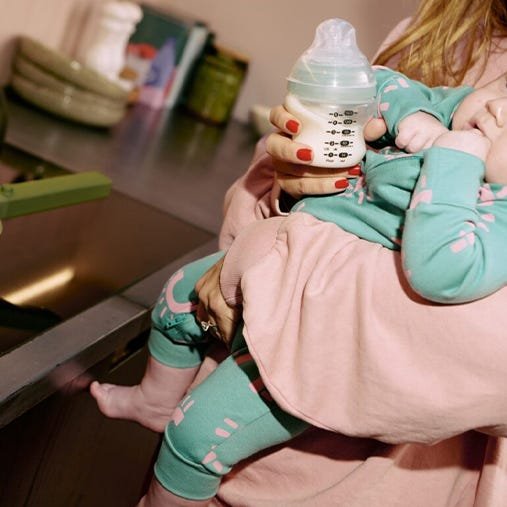How to prepare a baby's bottle while away from home
Now that we've covered how to make a bottle of baby formula at home, let's tackle how to prepare a feed for your little one when you're on the go.
If you need to feed your baby when you're away from home, you'll need:
- The correct amount of formula powder measured out and stored in a clean and dry container.
- A clean flask of water that's only used for your baby.
- An empty sterilized bottle and nipple with a protective cap on.
- A bottle warmer.
If you're not able to follow the above steps or need to take a feed to your baby's nursery, you can make up their bottle at home, cool it, and pop it alongside an ice pack in a cool bag.
Formula stored:
- in the refrigerator must be used in 24 hours
- with an ice pack in a cool bag must be used in four hours
- at room temperature must be used in two hours
Alternatively, you can use a carton of ready-to-feed liquid formula to feed your baby when away from home. Liquid formula milk is sterile until opened. However, all feeding equipment (including bottles and nipples) will still need sterilizing. Once it's been opened, any liquid infant formula that is unused should be stored on the top shelf at the back of the fridge, for no longer than 24 hours.
Formula bottle preparation: Dos and don'ts
- Do get in touch with your midwife, health visitor or doctor if you need help and support with bottle feeding your baby.
- Do use freshly boiled tap water to prepare a formula feed.
- Do only make up a fresh feed when your baby needs it, and only make one feed at a time.
- Don't mix cereals or sugar into your baby's formula.
- Don't use a microwave to heat formula milk. This can cause an uneven temperature and dangerous hot spots that can scald your baby's mouth.
- Don't use synthetically softened water or water that's previously been boiled to make up a formula feed.











